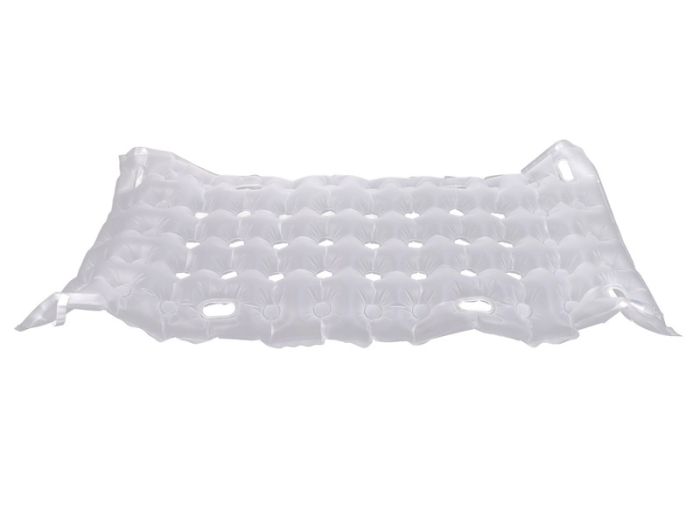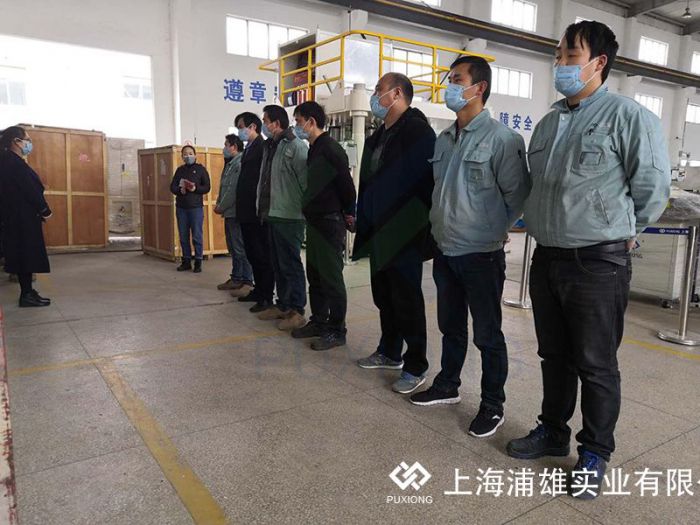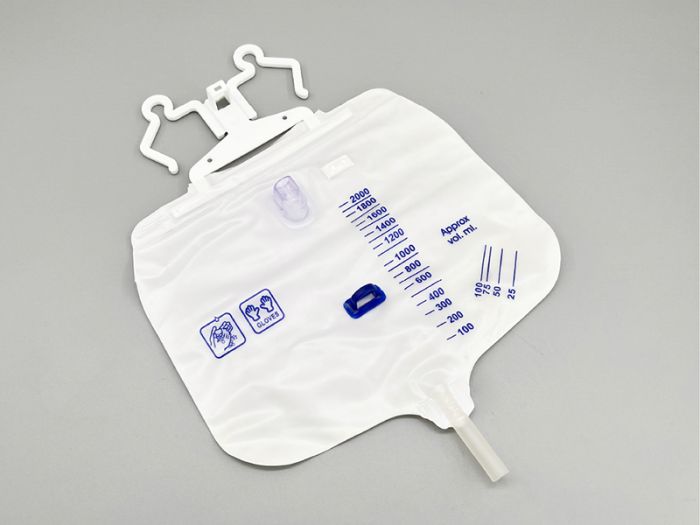Gas suit welding high frequency heat sealing machine: technical principles, application advantages of full analysis
I. Working Principle
High-frequency heat sealing machines (also known as RF welding machines) utilize a high-frequency electromagnetic field (typically 27.12 MHz or 40.68 MHz) to induce polarization in the internal molecules of materials such as plastics and PVC. The molecules rapidly realign with the alternating electric field, generating frictional heat that raises the material’s internal temperature to its melting point. Under applied pressure, the materials fuse seamlessly. This internal-to-external heating method ensures high thermal efficiency and stable welding quality.
II. Technical Features
-
Efficient and Uniform Heating
The high-frequency field penetrates surfaces to heat materials internally, enabling rapid and uniform temperature rise. This minimizes thermal stress and prevents warping or cracking. -
Superior Welding Quality
Delivers seamless bonds with smooth, robust fusion lines and airtight seals, ideal for gas-tight requirements in hazmat suits. -
Broad Material Compatibility
Suitable for PVC-based materials (e.g., TPU, EVA), multi-layer fabrics, and synthetic leathers. -
High Automation
Equipped with PLC control systems for preset parameters, automated feeding, and integrated welding/molding, ensuring high productivity. -
Safety and Eco-Friendliness
Flame-free operation eliminates toxic fumes; features overload protection, spark suppression, and electromagnetic shielding. -
Easy Maintenance
Modular design simplifies component replacement; anti-radiation systems reduce electromagnetic interference.
III. Advantages in Hazmat Suit Manufacturing
- Gas-Tight Integrity
Full fusion of seams blocks toxic gas penetration. - Enhanced Productivity
Multi-component simultaneous welding and continuous processing enable mass production. - Material Versatility
Bonds multi-layer structures (abrasion-resistant outer layers, activated carbon filters, inner comfort layers). - Process Flexibility
Mold-swapping adapts to diverse designs and dimensions.
IV. Market Applications and Trends
-
Applications
- Medical: Hazmat suits, surgical gowns, PPE.
- Industrial: Chemical/antistatic suits, firefighting gear.
- Military: NBC protective clothing, tactical vests.
-
Technological Advancements
- Smart Integration: IoT-enabled remote monitoring, fault alerts, and data tracking.
- Precision Control: AI-driven parameter optimization using sensor feedback.
- Energy Efficiency: Next-gen power supplies to reduce carbon footprint.
V. Equipment Selection Guidelines
For hazmat suit welding machines, prioritize:
- Power: 5–15 kW (adjust based on material thickness).
- Welding Area: Match suit dimensions (common electrode sizes: 400×520mm upper, 400×600mm lower).
- Automation: Multi-station welding and auto-cutting capabilities.
- Certifications: CE/ISO compliance, emergency stop buttons, and EMI shielding.
For further inquiries, please contact us.



